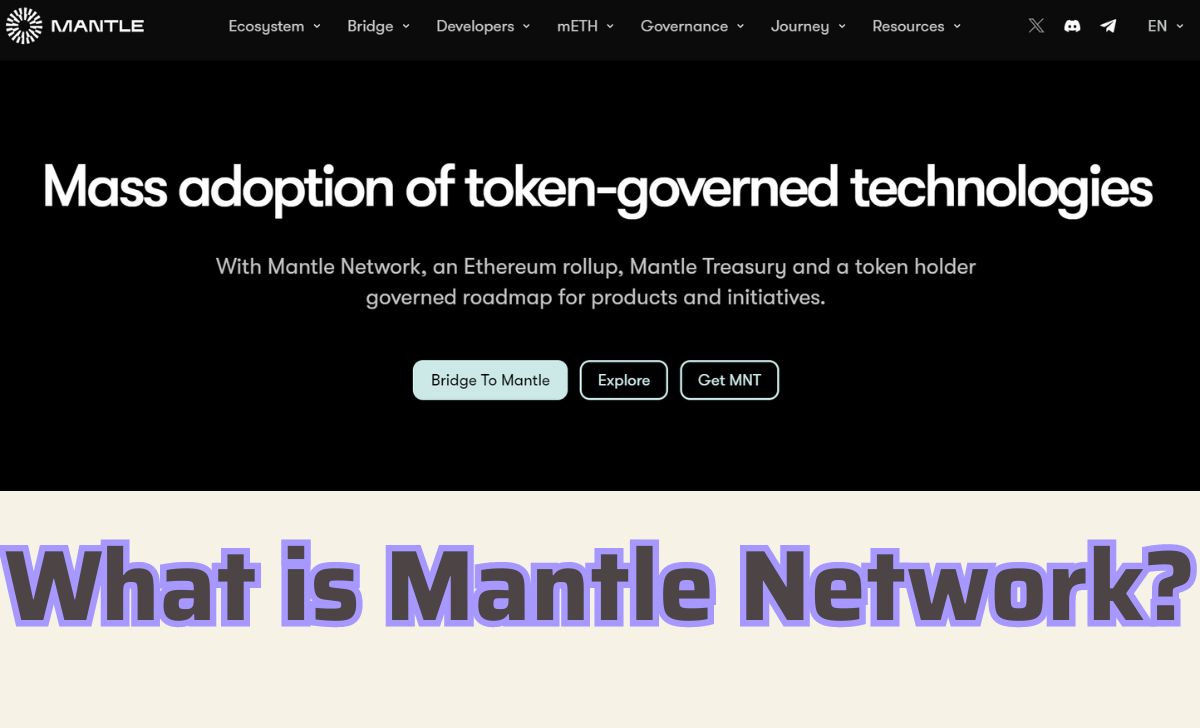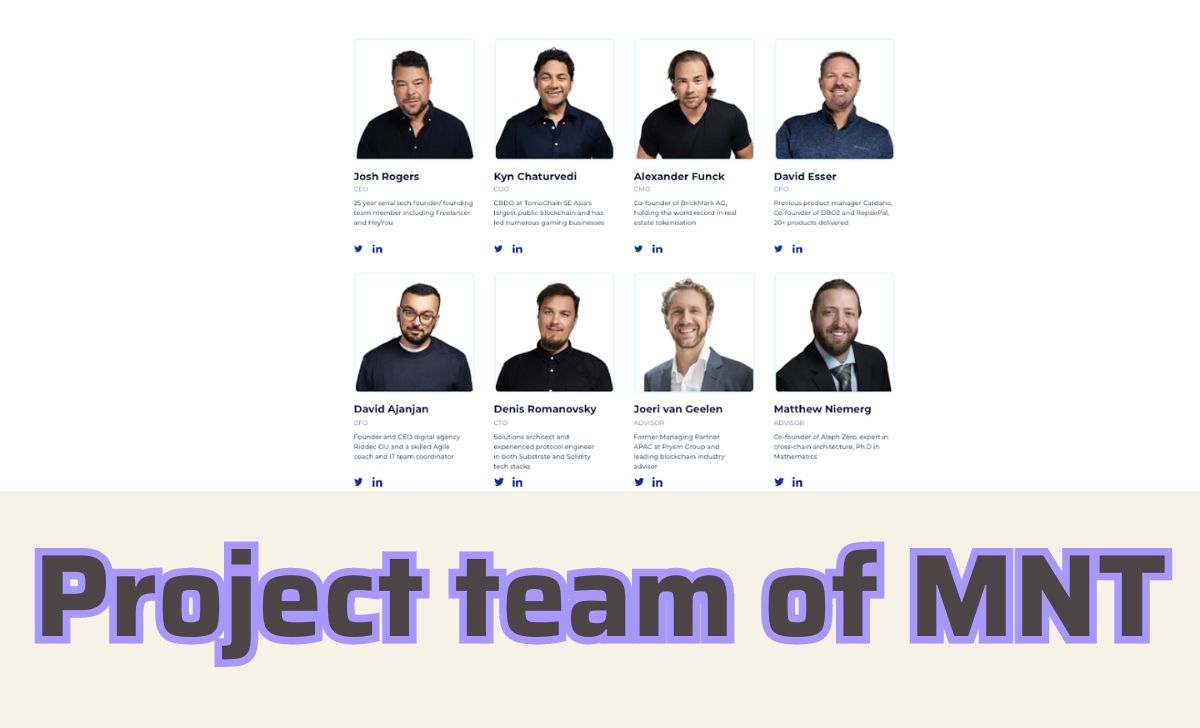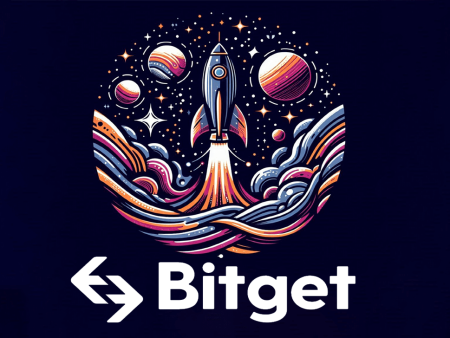What is Mantle Network? Definition, History and Future
What is Mantle Network? Definition, History and Future
Mantle Network is a Layer 2 blockchain developed from the BitDAO project and is also one of the blockchains developed towards modular blockchain.
What is Mantle Network? What makes this project special? Let’s explore it with AZcoin in this article.
What is Mantle Network?

Mantle Network is a blockchain network built on Ethereum, functioning as a layer 2 scaling solution to address Ethereum’s scalability issues. Put simply, Mantle Network is an independent blockchain network connected to Ethereum, enabling faster, more efficient and lower-cost transactions.
History of Mantle Network
Mantle Network is developed by the BITDAO team, a decentralized organization based in Singapore established in 2021. BITDAO announced Mantle Network in October 2022, and the project has garnered attention from the cryptocurrency community due to strong support from BITDAO and several other key partners.
The Mantle Network officially launched its Testnet in March 2023, with plans to release the mainnet by the end of 2023. This marks a significant step in establishing Mantle Network as an effective layer 2 scaling solution for Ethereum.
Project team, investors & partners
Project team

- Cooper Midroni: Oversees Product and Growth at Mantle. He previously co-founded Dubly, a technology startup.
- Dennis Loh: Engineer at Mantle, with prior experience at EY, one of the world’s largest auditing firms.
- Zoe Li: Responsible for investment and strategy at Mantle, with nearly 2 years of experience at Bybit in a similar role.
Investors

In February 2023, Mantle Core proposed a $200 million fund to BitDAO’s governance to promote Mantle Network’s adoption among developers and dApps. Key investors include Dragonfly Capital, Pantera and Spartan.
Partners
As a product of BitDAO, Mantle Network benefits from strategic partnerships with Bybit, SushiSwap and Dragonfly Capital, enhancing its capabilities and integration within the blockchain ecosystem.
How does Mantle Network work?
Mantle Network is a unique Layer 2 solution on Ethereum, operating on a modular architecture. It combines Optimistic rollups with its separate data availability layer.
Different from conventional monoblock blockchains, Mantle processes transactions on different layers:
- The transaction function takes place on the processing layer.
- The Mantle Sequencer handles EVM compatibility to create Layer 2 blocks and send the original state data back to the main chain.
Ethereum L1 is responsible for consensus and settlement, while Mantle performs the final function with the help of EigenDA technology. Eigen Data Availability (EigenDA) is a data availability layer built on EigenLayer, ensuring efficient availability for Blockchain data.
Mantle Network outstanding features
Here are some key highlights of Mantle Network:
- Hyperscale Performance: Mantle Network combines roll-up technology with a decentralized data availability layer to achieve low fees and faster confirmation times.
- Secured by Ethereum: The network uses Ethereum’s roll-up technology, ensuring high speed along with the unlimited security of the familiar EVM environment.
- Mantle LSP: The Mantle Liquidity Staking Protocol is the second core product of the Mantle ecosystem. Users can stake ETH to earn yield through mETH and explore other mETH yield options on Mantle Network applications.
- Governance: Strategic decisions within the Mantle ecosystem are made by the community through the governance token $MNT. All decisions, from new project deployments to financial management, must be proposed and voted on by the community.
- Treasury: Mantle Network has a substantial treasury, including ETH, mETH, and other stablecoins, managed by the community and used to support the ecosystem’s products and projects.
Basic information about MNT
Technical information
- Token name: Mantle Network
- Ticker: MNT
- Blockchain: Ethereum, Mantle Network
- Token standard: ERC-20
- Token type: Utility, Governance
- Smart contract:
Ethereum: 0x3c3a81e81dc49a522a592e7622a7e711c06bf354
Mantle Network: 0xdeaddeaddeaddeaddeaddeaddeaddeaddead0000
- Market capitalization: $3,316,939,831
- Circulation supply: 3,264,441,707
- 24-hour trading volume (May 30, 2024): $69,171,179
Token MNT Allocation
With a total maximum supply of 6,219,316,794 MNT tokens distributed as follows:

- Circulation supply: 51%
- Mantle Treasury: 49%
MNT storage wallet & exchange
MNT wallet is secure
The MNT storage wallet ensures security through various means, including support for hardware wallets like Ledger Nano S/X, Trezor Model T, Trust Wallet,…
MNT trading exchange
For MNT trading, users can explore the best crypto exchanges, including decentralized exchanges (DEX) like Uniswap, as well as centralized exchanges (CEX) such as Bybit, Gate.io, BingX and MEXC.
You can refer to more information about Kaspa (KAS), Cosmos, Immutable X (IMX), … to invest more and limit risks when investing in one type of coin.
What is the future of the Mantle Network project? Should I invest?

With impressive development from BITDAO and the interest of many major partners and investors, the Mantle Network project promises to be one of the significant solutions for scaling Ethereum’s layer 2.
As planned, Mantle Network is set to launch its mainnet by the end of 2024. This presents an opportunity for potential investors to invest and anticipate the project’s future development.
However, like any other cryptocurrency project, investing in Mantle Network carries risks, and users need to exercise caution and conduct thorough research before making investment decisions.
Summary
Above is information about Mantle Network, including its definition, history and future. Hopefully this article helps you better understand Mantle Network and the potential it brings. If you need any more information or need help from us, don’t hesitate to contact Azcoin.

I’m Jessi Lee, currently living in Singapore. I am currently working as a trader for AZCoin company, with 5 years of experience in the cryptocurrency market, I hope to bring you useful information and knowledge about virtual currency investment.
Email: [email protected]











